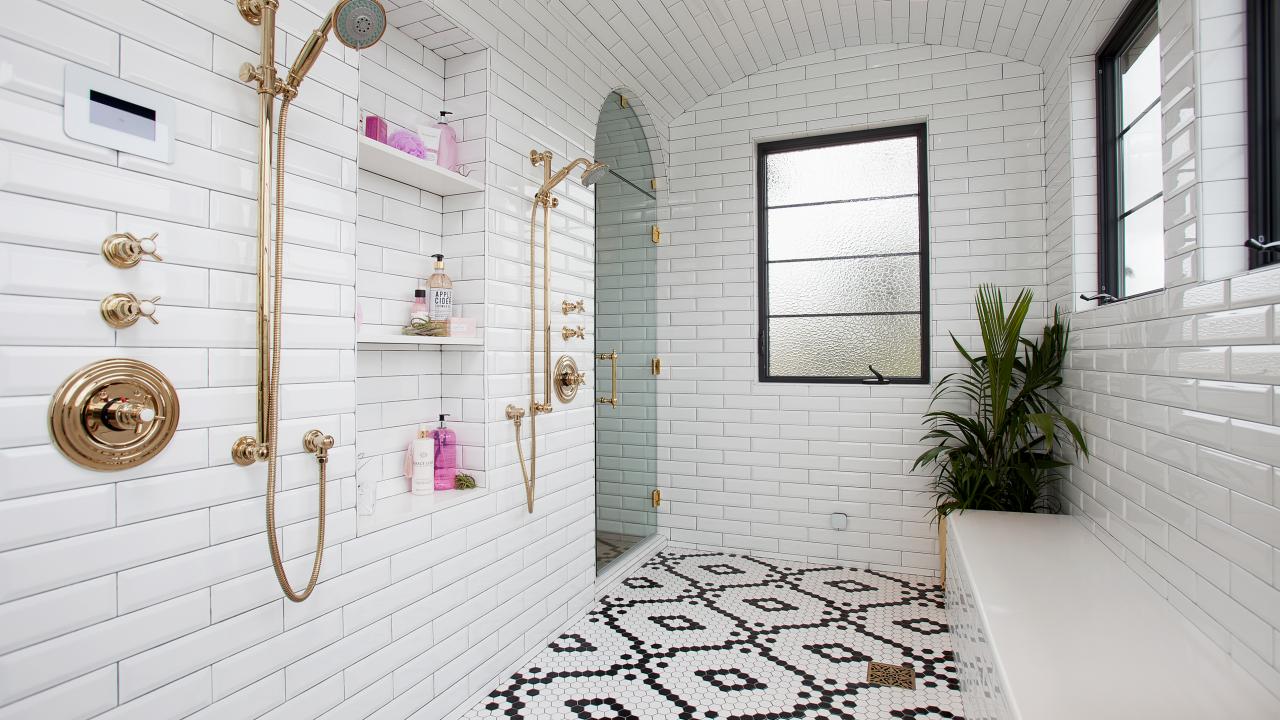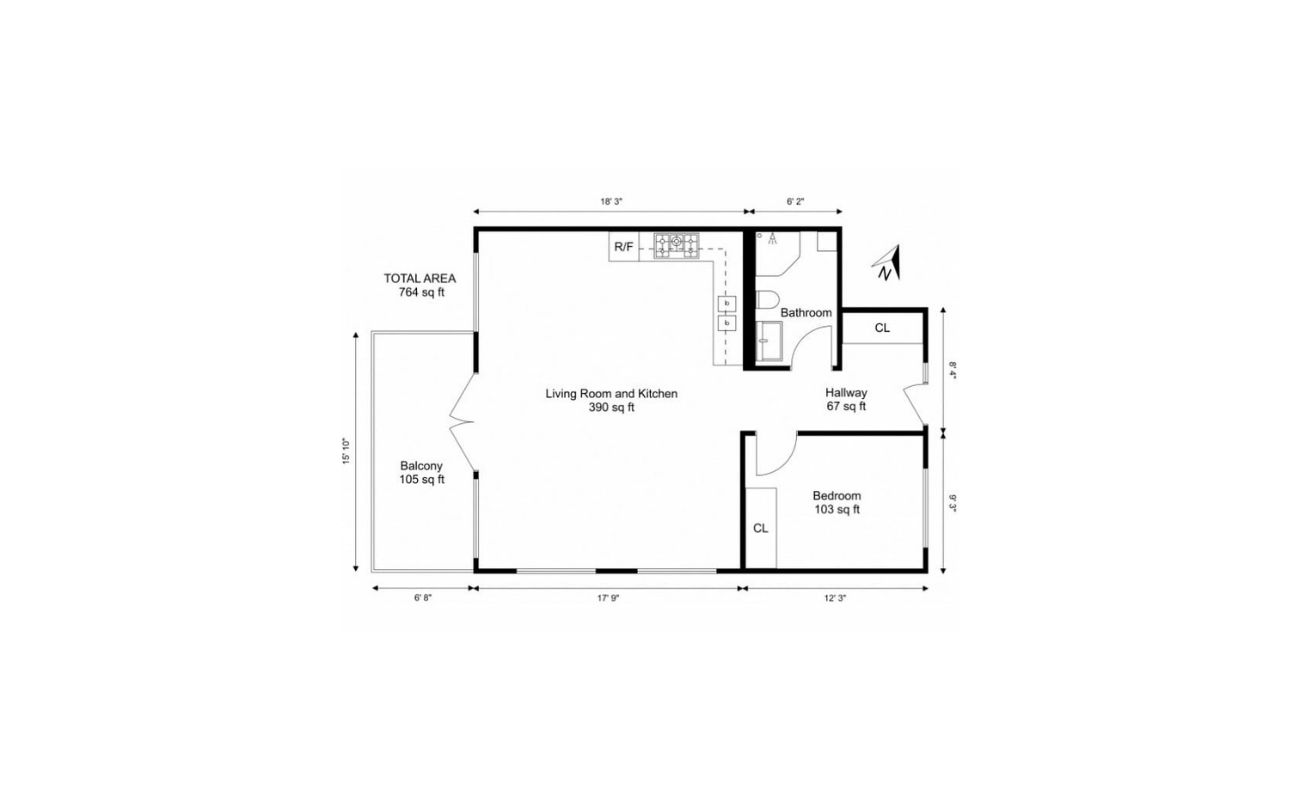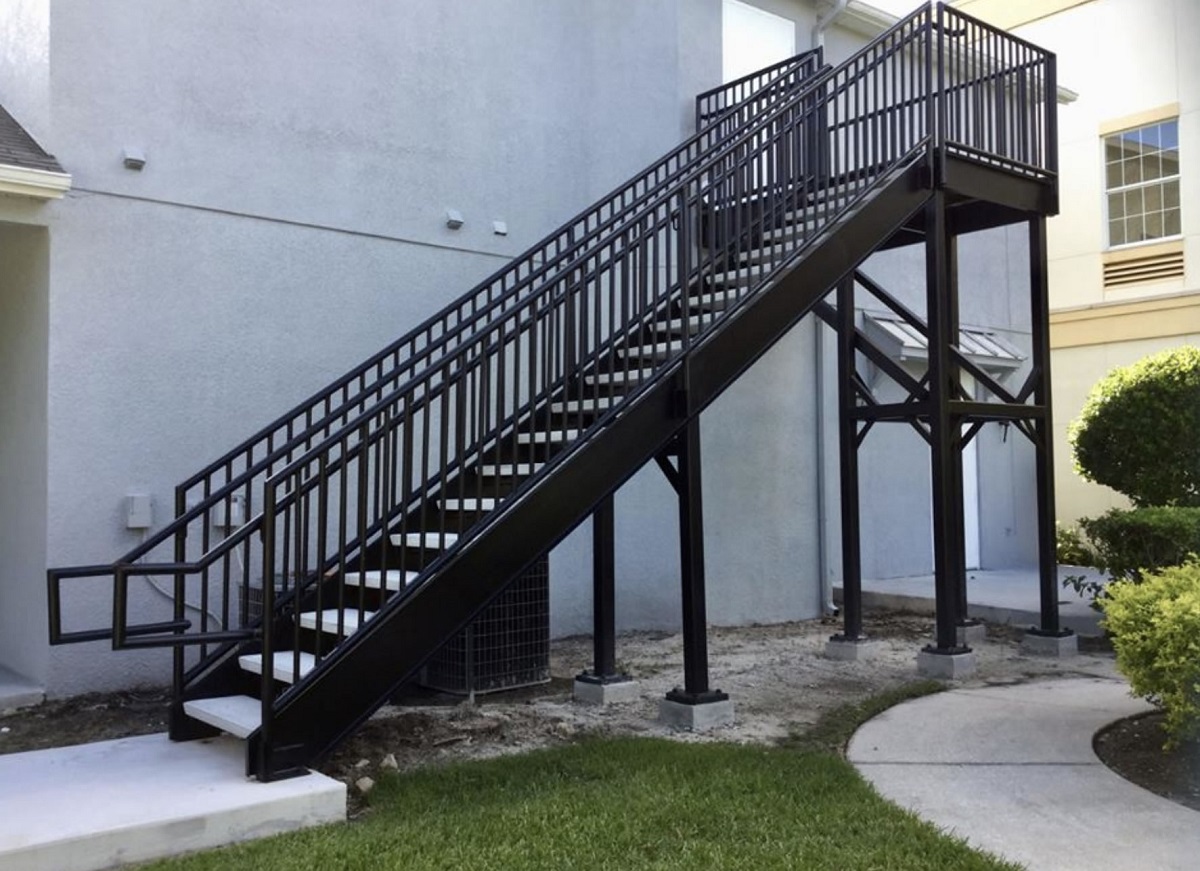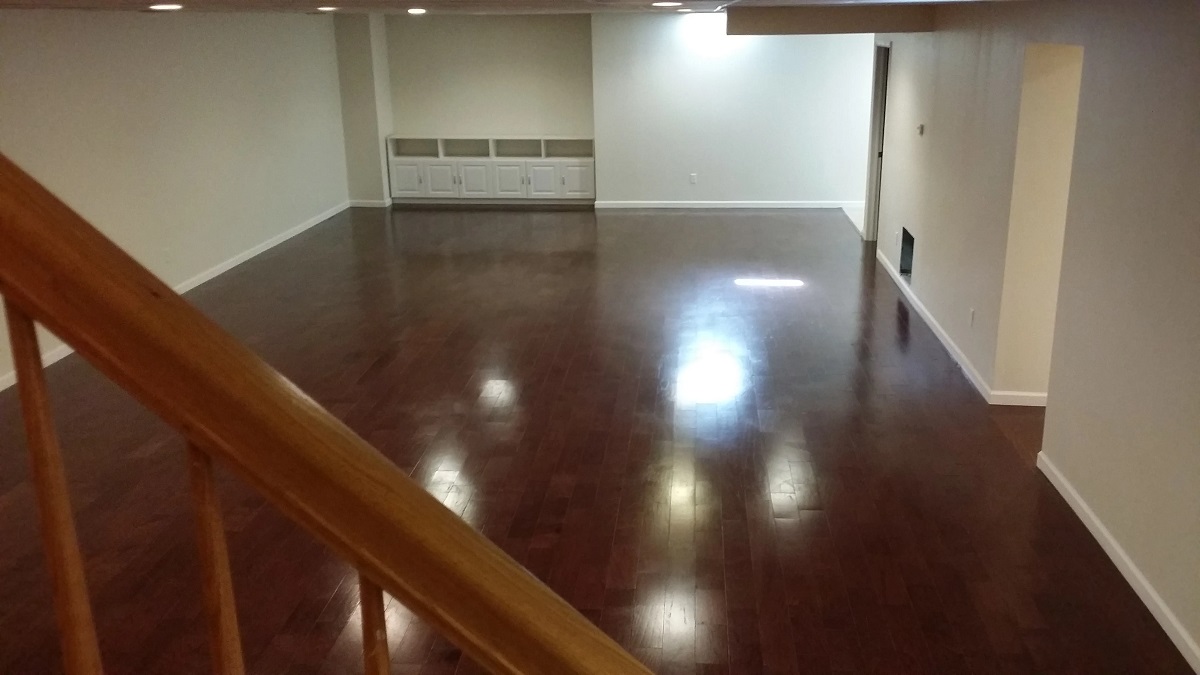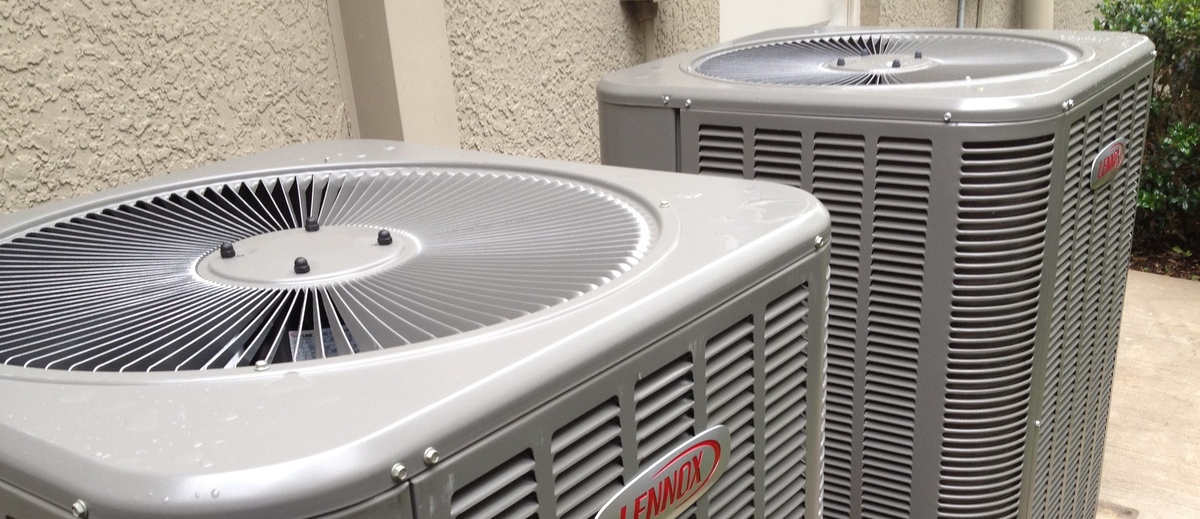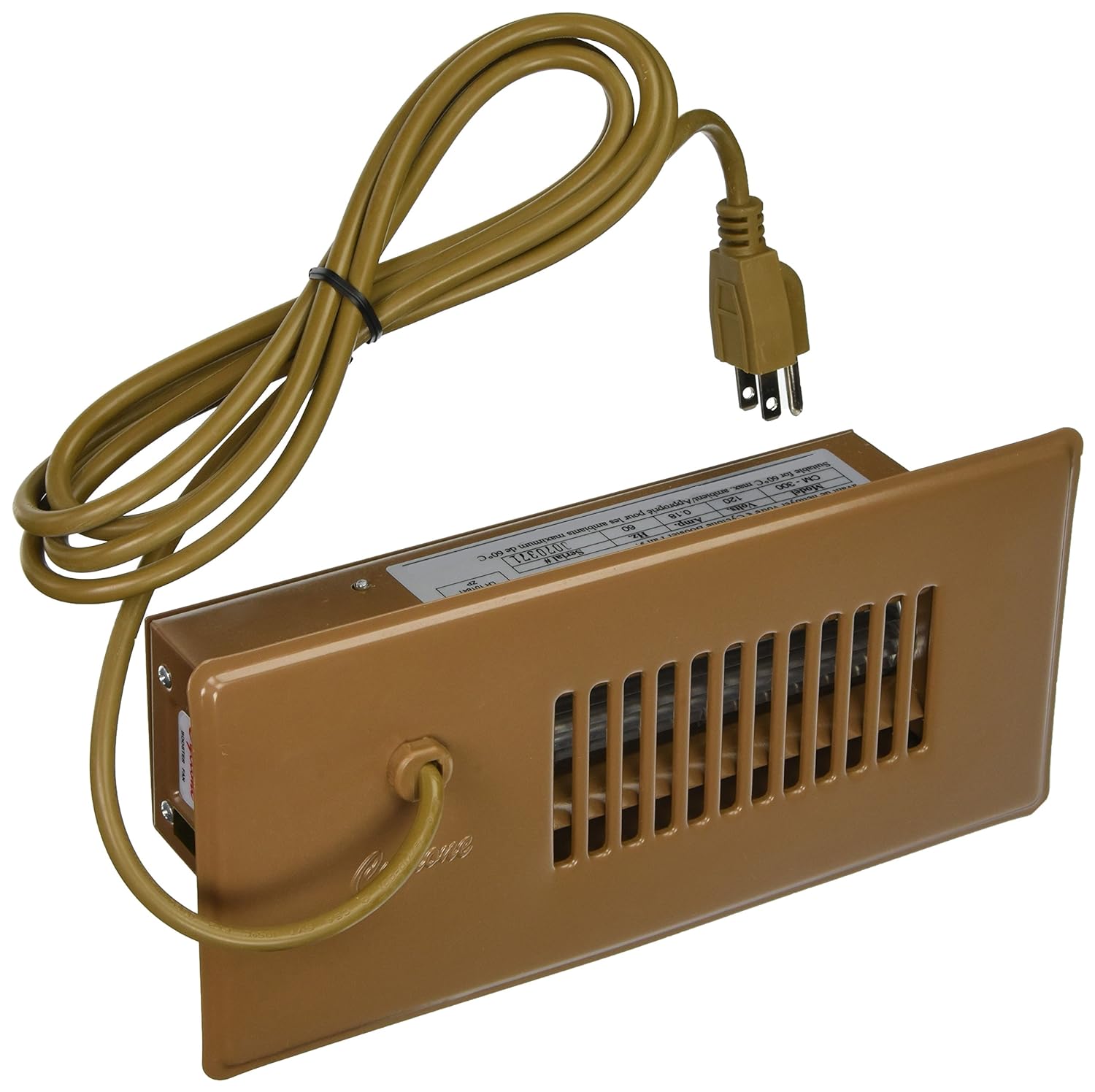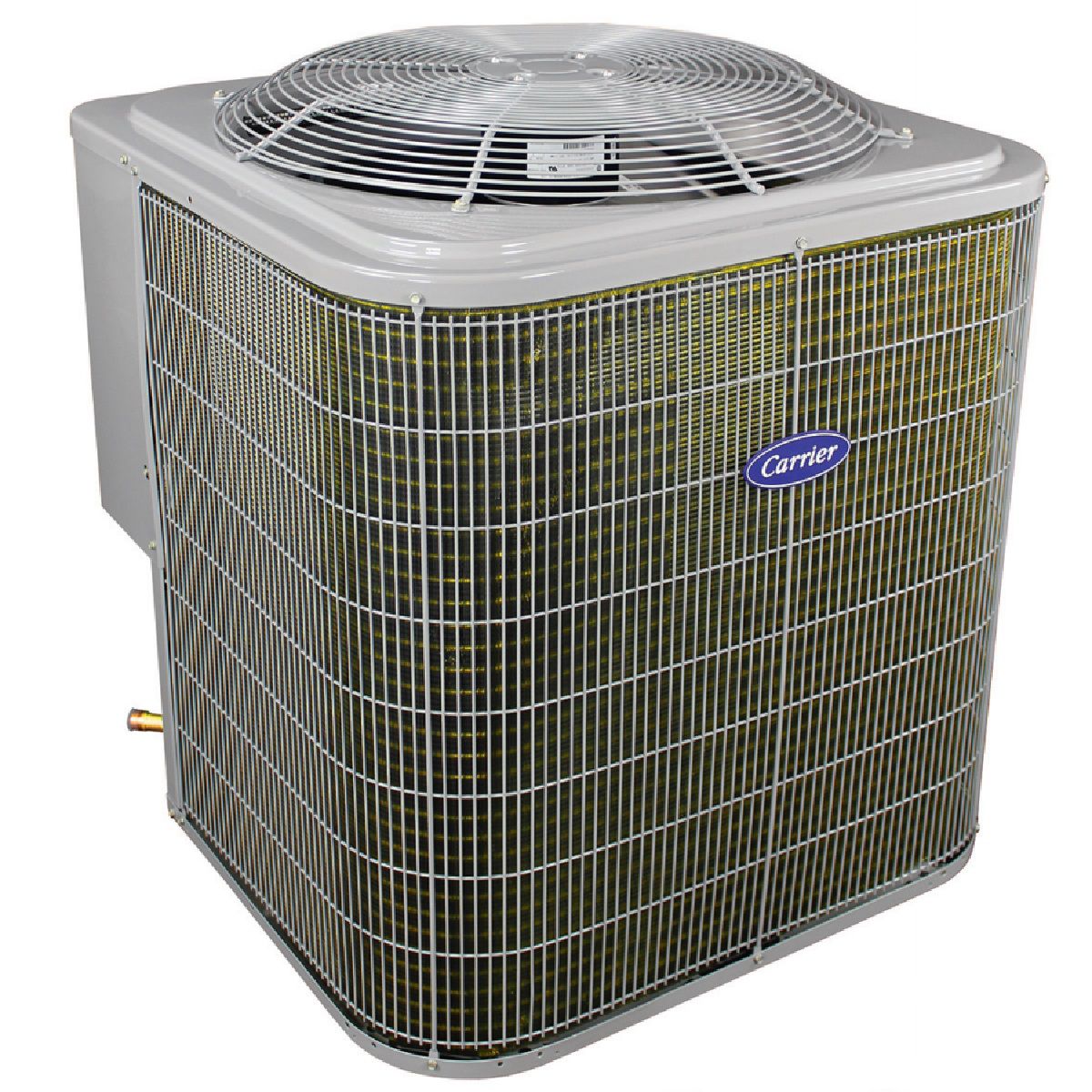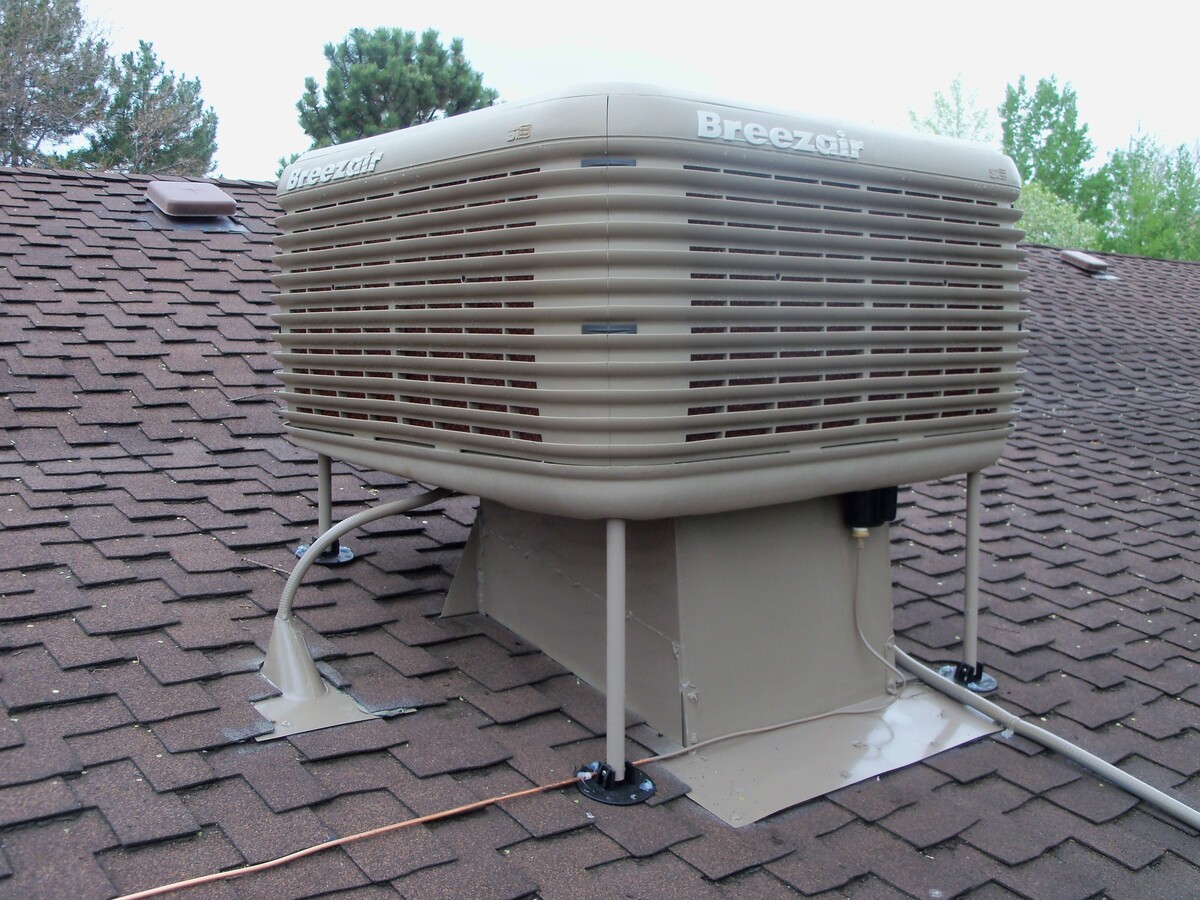Home>Home Maintenance>How To Calculate Square Footage For Air Conditioning
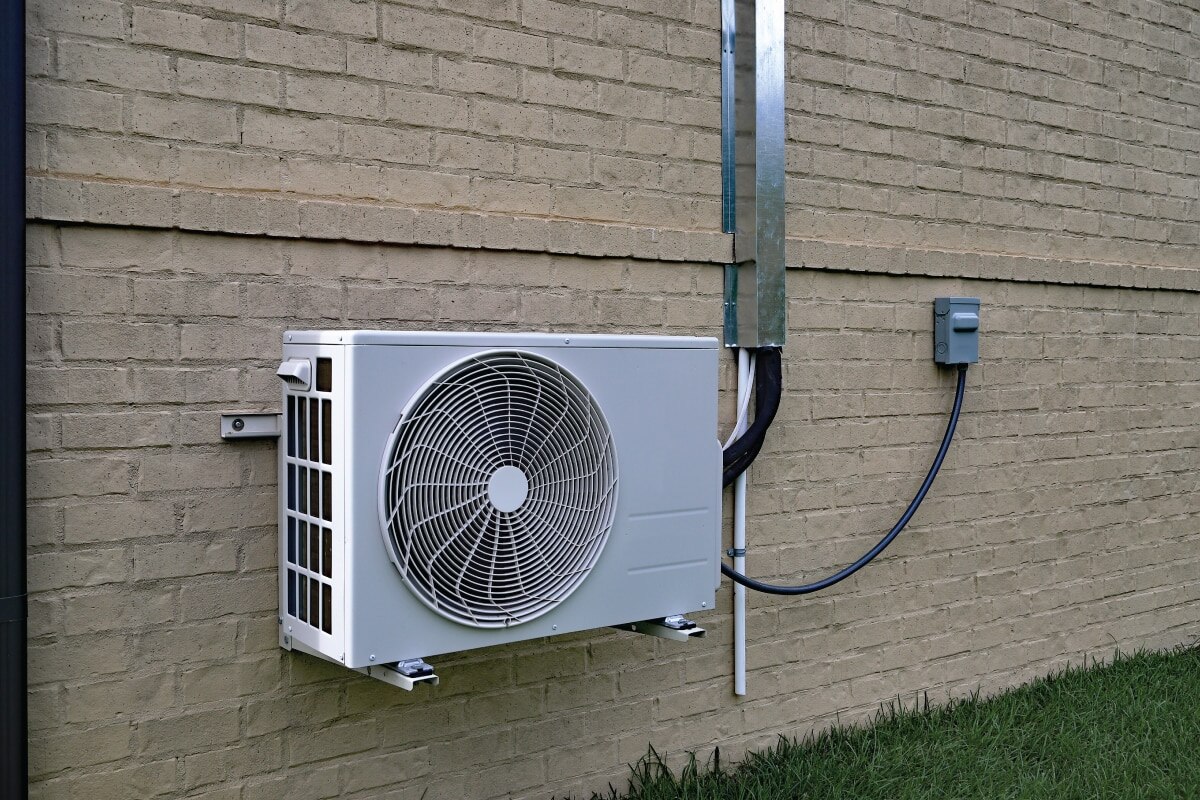

Home Maintenance
How To Calculate Square Footage For Air Conditioning
Modified: March 6, 2024
Learn how to calculate the square footage for your air conditioning needs with our detailed guide. Take control of your home maintenance and ensure optimal cooling efficiency.
(Many of the links in this article redirect to a specific reviewed product. Your purchase of these products through affiliate links helps to generate commission for Storables.com, at no extra cost. Learn more)
Introduction
Welcome to our comprehensive guide on how to calculate square footage for air conditioning. Choosing the right size air conditioner is crucial for maintaining a comfortable indoor environment while maximizing energy efficiency. By accurately calculating the square footage of the area you wish to cool, you can ensure that your air conditioning system is appropriately sized to provide the optimal cooling performance.
Understanding and calculating square footage is a basic yet essential skill for any homeowner or DIY enthusiast. Whether you are planning to install a new air conditioning system or want to upgrade your existing one, knowing the correct square footage is the first step towards a more comfortable and energy-efficient home.
In this article, we will guide you through the process of calculating square footage specifically for air conditioning purposes. We will explain the basic concepts, factors to consider, and provide you with a step-by-step guide to accurately determine the square footage in your home or office space.
By the end of this guide, you will have the knowledge and tools to confidently calculate the square footage needed for your air conditioning project. So, let’s dive in and get started!
Key Takeaways:
- Measure the length and width of the space that needs cooling, then multiply them to calculate the square footage for air conditioning. Don’t forget to consider factors like climate and insulation for accurate sizing.
- It’s crucial to accurately calculate square footage for air conditioning to ensure optimal cooling and energy efficiency. Consult HVAC professionals for expert advice and room-specific calculations when needed.
Read more: How To Calculate Attic Square Footage
Understanding the Basics of Square Footage
Before we delve into the specifics of calculating square footage for air conditioning, it’s important to understand the basic concept of square footage.
Square footage is a measure of the area of a two-dimensional space, such as a room or an entire building. It is calculated by multiplying the length of a space by its width. For example, if a room is 10 feet long and 12 feet wide, the square footage would be 120 square feet (10 ft x 12 ft = 120 sq ft).
Square footage is commonly used in the home improvement industry to determine various measurements, such as the amount of flooring, paint, or insulation needed for a particular space. When it comes to air conditioning, accurately calculating the square footage is crucial to ensure proper cooling and energy efficiency.
It’s important to note that the calculation of square footage should only include the area that requires cooling. This means that you should exclude any non-conditioned areas, such as closets or hallways, from the calculation.
Furthermore, it’s essential to consider factors that can affect the cooling load of a space. These factors include the climate, insulation, number of windows, height of the ceiling, and the orientation of the space relative to the sun.
When calculating square footage for air conditioning, precision is key. Incorrectly sizing your air conditioner can lead to inefficient cooling, increased energy consumption, and unnecessary expenses. Now that we have the basics covered, let’s explore the factors that need to be considered when calculating square footage for air conditioning.
Factors to Consider in Calculating Square Footage for Air Conditioning
Calculating the square footage for air conditioning involves more than just measuring the length and width of a space. There are several factors to consider in order to accurately determine the cooling load and adequately size your air conditioner. Let’s take a closer look at these factors:
- Climate: The climate in which your home or building is located plays a significant role in the cooling load. Hotter climates require more cooling capacity compared to milder climates.
- Insulation: The quality and level of insulation in the walls, ceilings, and floors affect the energy efficiency of the space. Well-insulated spaces require less cooling capacity.
- Windows: The number and size of windows in a space impact the amount of heat gain from sunlight. Spaces with many windows may require additional cooling to counterbalance this heat gain.
- Ceiling Height: Spaces with higher ceilings generally require more cooling capacity, as the cool air needs to be distributed over a larger volume of space.
- Orientatio
These factors can vary from space to space, so it’s important to consider them when calculating square footage for air conditioning. By taking these factors into account, you can ensure that your air conditioner is correctly sized to provide effective and efficient cooling in your specific environment.
To calculate the square footage for air conditioning, measure the length and width of each room, then multiply the length by the width to get the square footage. Add up the square footage of all the rooms to get the total area to be cooled.
Step-by-Step Guide to Calculate Square Footage for Air Conditioning
Now that we understand the basics and factors to consider, let’s walk through a step-by-step guide to calculate the square footage for air conditioning:
- Measure the Length and Width: Start by measuring the length and width of the space that requires cooling. Use a measuring tape to obtain accurate measurements in feet.
- Multiply the Length and Width: Multiply the length by the width to calculate the square footage. For example, if the length is 15 feet and the width is 12 feet, the square footage would be 180 square feet (15 ft x 12 ft = 180 sq ft).
- Consider the Non-Conditioned Areas: Exclude any non-conditioned areas, such as closets or hallways, from the calculation. Focus only on the areas that need to be cooled.
- Account for the Factors: Take into account the factors that affect the cooling load, such as climate, insulation, windows, and ceiling height. Adjust the square footage calculation accordingly based on these factors.
- Consult an HVAC Professional: If you’re unsure about the calculations or have complex requirements, it’s advisable to consult with an HVAC professional. They can provide expert advice and perform a more thorough assessment of your space to determine the appropriate cooling capacity.
- Consider Room-Specific Calculations: In some scenarios, different rooms may have varying cooling needs. For example, kitchens or rooms with high heat-generating appliances may require additional cooling. In such cases, it may be necessary to calculate the square footage of each specific room separately.
By following these steps, you will be able to calculate the square footage for air conditioning and determine the appropriate cooling capacity for your space. Remember, it’s always better to slightly oversize the unit than to undersize it, as an undersized air conditioner may struggle to cool the space effectively.
It’s worth noting that this guide provides a general approach to calculating square footage for air conditioning. Different scenarios may require additional considerations or more complex calculations. When in doubt, consult with professionals who specialize in HVAC systems for accurate assessments.
Conclusion
Calculating the square footage for air conditioning is a fundamental step in ensuring optimal cooling performance and energy efficiency in your home or building. By accurately determining the square footage, taking into account factors such as climate, insulation, windows, and ceiling height, you can properly size your air conditioner to meet the cooling needs of the space.
Remember, square footage calculations should only include the areas that require cooling, excluding any non-conditioned spaces. When in doubt, consult with HVAC professionals who can provide expert advice tailored to your specific requirements.
Accurately calculating square footage for air conditioning is crucial to avoid the pitfalls of undersized or oversized units. An undersized air conditioner may struggle to cool the space effectively, resulting in discomfort and higher energy bills. On the other hand, an oversized unit may lead to wasted energy and unnecessary expenses.
So, take the time to measure the length and width of the space, multiply them to determine the square footage, and consider the factors that can impact the cooling load. If needed, consult with professionals to ensure you select the right-sized air conditioner for your space.
By following this comprehensive guide, you are well-equipped to confidently calculate the square footage for air conditioning and make informed decisions regarding your cooling needs. Enjoy a comfortable and energy-efficient environment!
Frequently Asked Questions about How To Calculate Square Footage For Air Conditioning
What tools do I need to calculate the square footage for air conditioning?To calculate the square footage for air conditioning, you will need a measuring tape, a pencil, and a piece of paper to sketch out the areas you are measuring. You may also need a calculator to help with the math.How do I measure the square footage of a room for air conditioning?To measure the square footage of a room for air conditioning, start by measuring the length and width of the room using a measuring tape. Then, multiply the length by the width to get the square footage. If the room is not a perfect square or rectangle, you may need to break it down into smaller sections and calculate each section separately.Can I include closets and hallways when calculating square footage for air conditioning?When calculating square footage for air conditioning, it’s best to focus on the actual living space, such as bedrooms, living rooms, and kitchens. Closets and hallways are typically not included in the square footage calculation, as they are not areas that need to be cooled.How do I calculate the square footage for multiple rooms with different shapes?If you have multiple rooms with different shapes, you will need to measure each room separately and calculate the square footage for each one. Once you have the square footage for each room, you can add them together to get the total square footage for air conditioning.Why is it important to accurately calculate the square footage for air conditioning?Accurately calculating the square footage for air conditioning is important because it helps you determine the right size of air conditioner needed to effectively cool your space. If the air conditioner is too small, it may struggle to cool the area, while an oversized unit can lead to energy waste and higher utility bills.
Was this page helpful?
At Storables.com, we guarantee accurate and reliable information. Our content, validated by Expert Board Contributors, is crafted following stringent Editorial Policies. We're committed to providing you with well-researched, expert-backed insights for all your informational needs.

